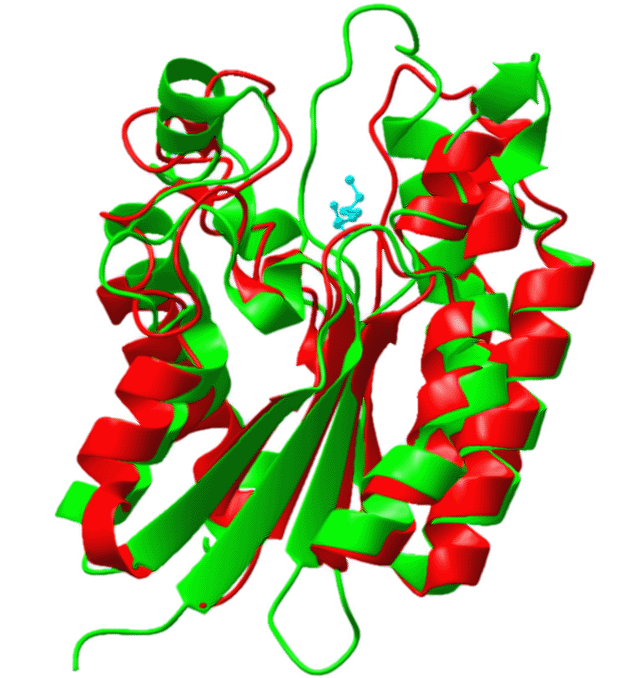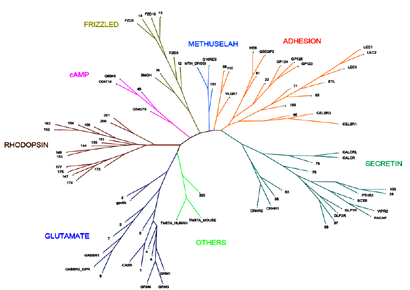Research Themes
Protein structure and function
A common theme of the laboratory is the study of the structural basis of enzyme mechanisms using 3-D structures of enzymes and appropriate complexes determined by X-ray crystallography. In particular we study recombinant hydrolytic enzymes that are of industrial importance and are using these as model systems to address questions on enzyme mechanism and substrate specificity. We combine site-directed mutagenesis, enzyme kinetics, molecular modeling and X-ray crystallography to test our hypotheses.
Projects
SGNH Hydrolases
One project in the lab is the study of the biochemical properties and structural enzymology of a microbial arylesterase belonging to the SGNH hydrolase superfamily. These enzymes are promising candidates for production of important products in the biotechnology industry. We have characterized the biochemical properties and deduced the structural determinants of substrate specificity and enzyme mechanism from comparative analysis.Carbohydrate-active enzymes
Other projects involve the structure-function relationships in carbohydrate-active enzymes. Carbohydrates show wide structural variation and organisms use oligosaccharides and polysaccharides for a wide variety of biological functions. Catalytic mechanisms of carbohydrate-active enzymes are poorly understood since they show unusual substrate specificities and modes of action that have evolved to accommodate for the large diversity in carbohydrates. Our model system includes the study of glycosyl hydrolases from a thermophilic xylanolytic system that degrades hemicellulosic plant cell wall material. Our studies include characterization of biochemical properties and elucidation of the mechanism of action of these hydrolases. The enzymes may find application for production of livestock feed or the conversion of biomass to biofuel.Molecular EvolutionAnother theme of the laboratory is to understand the evolution of structure and function of genes/proteins by bioinformatics studies. We use genome sequence and structure data-mining, molecular phylogenetics and comparative genomics to obtain information on the evolutionary relationships between gene families and analysis of their evolution over various lineages.

